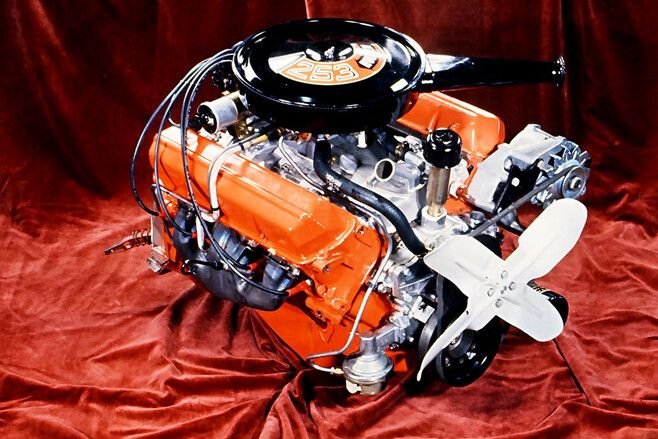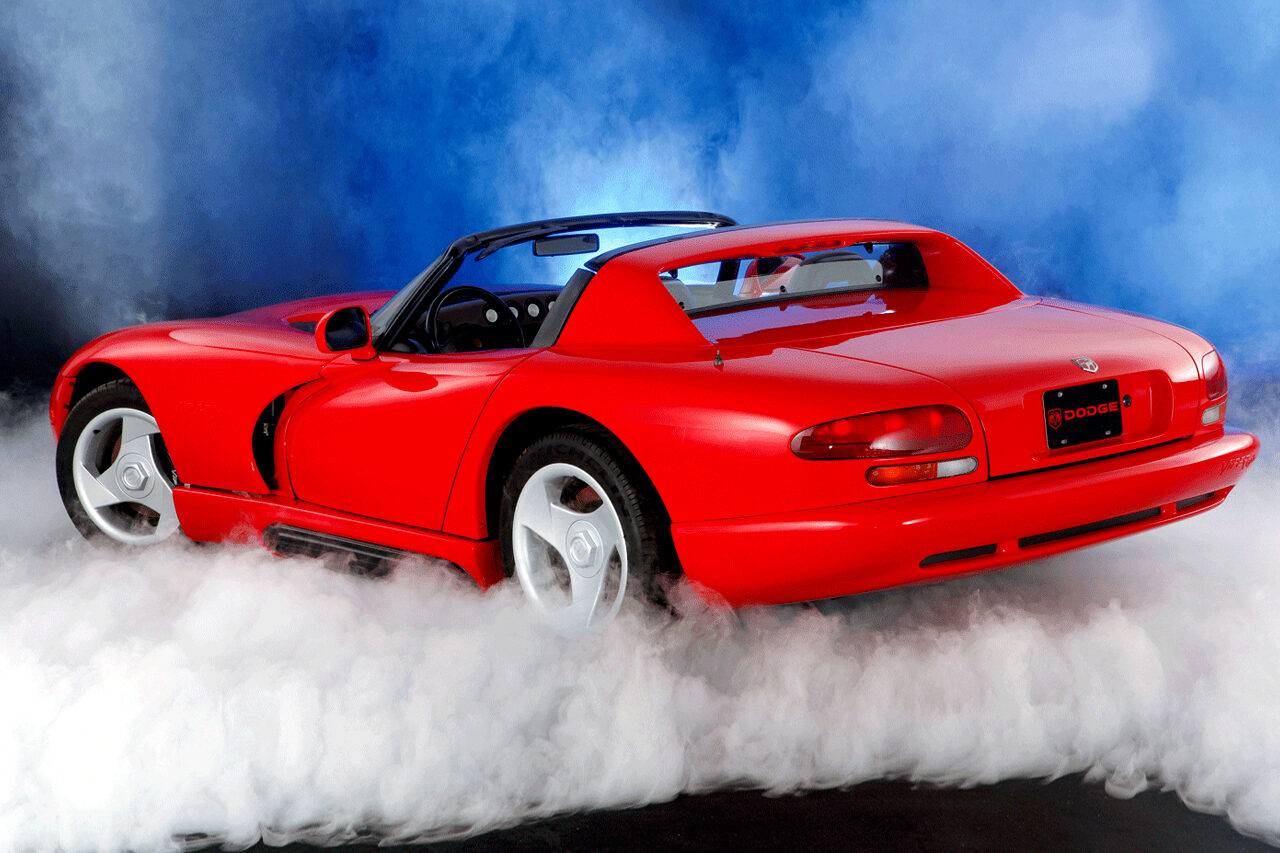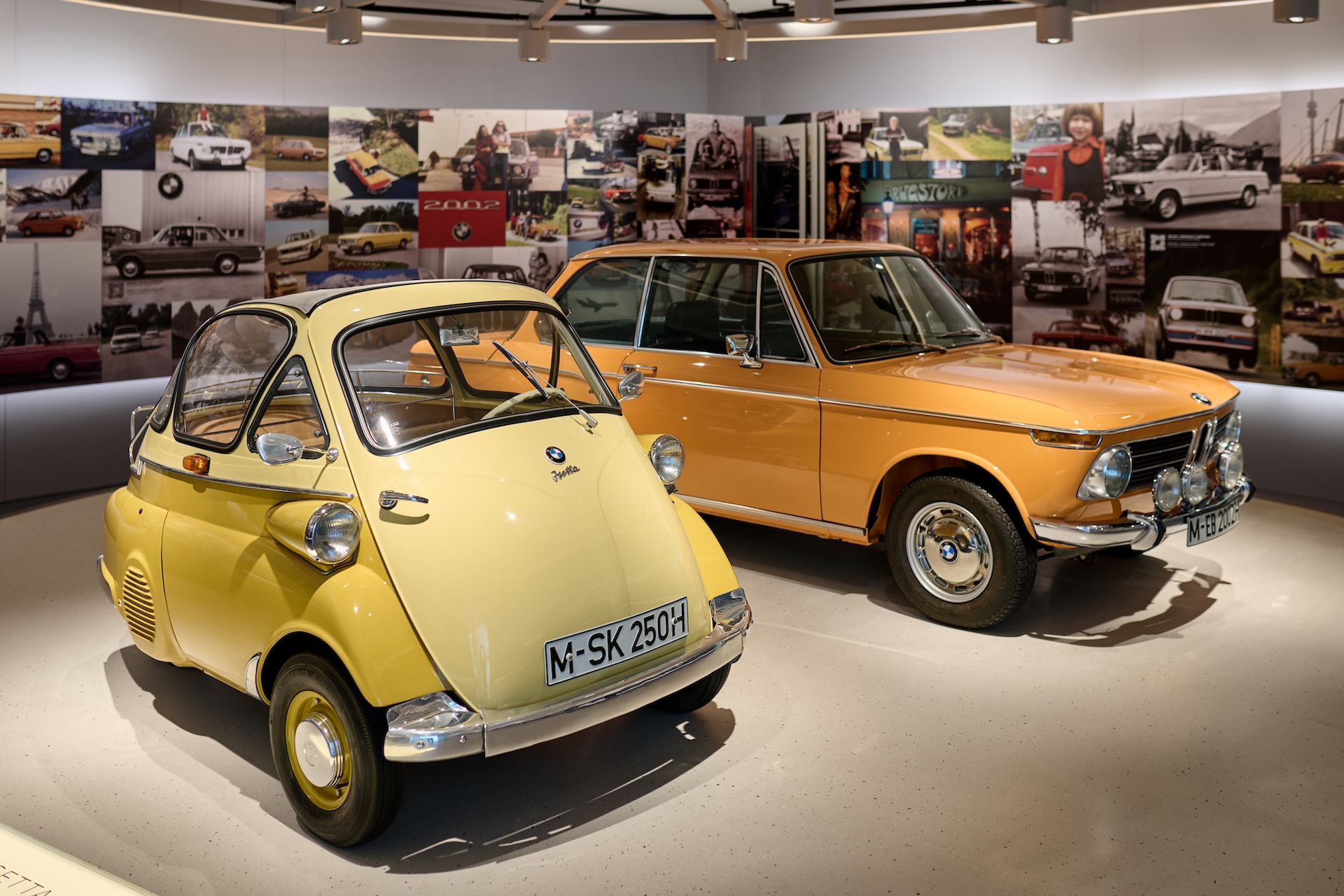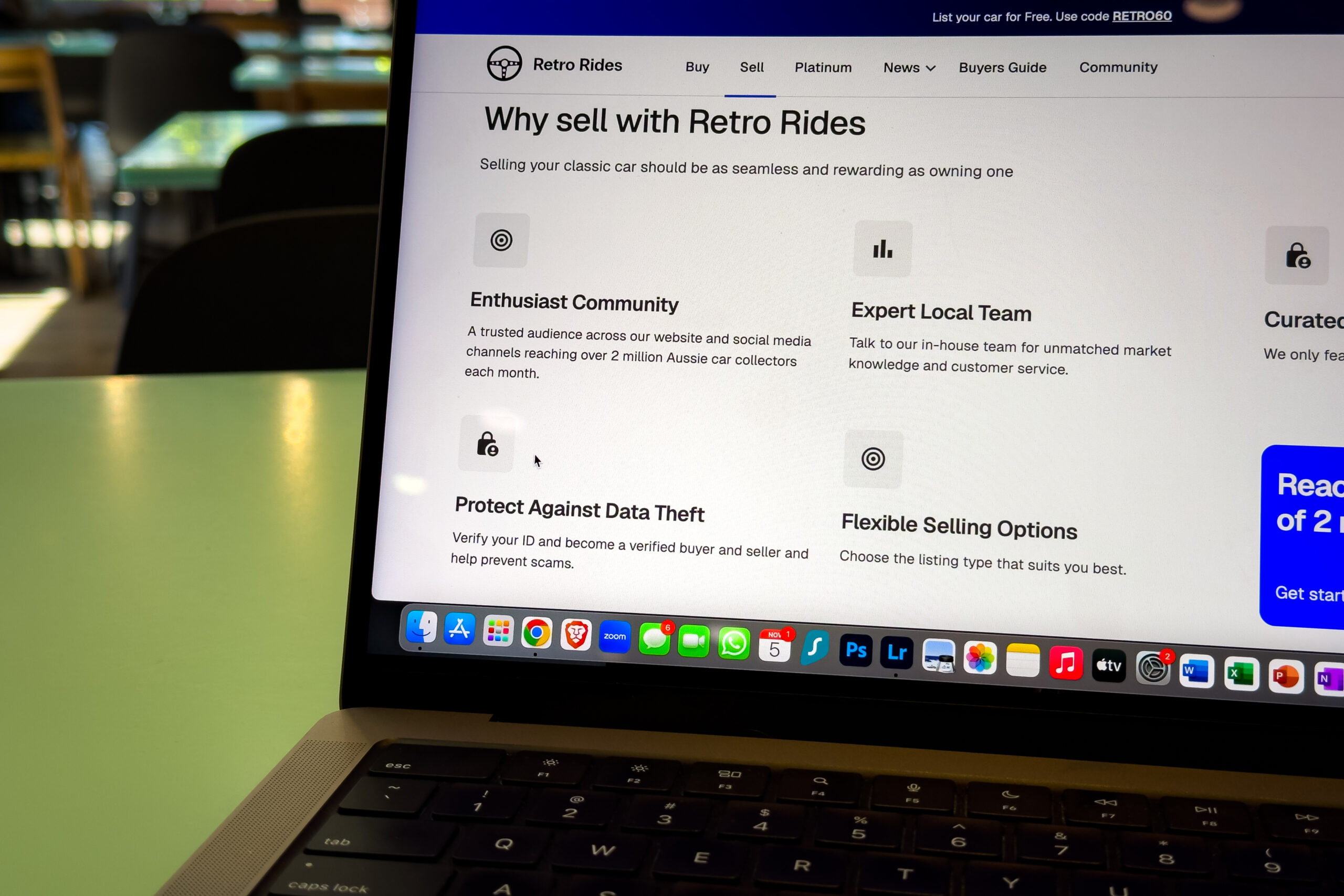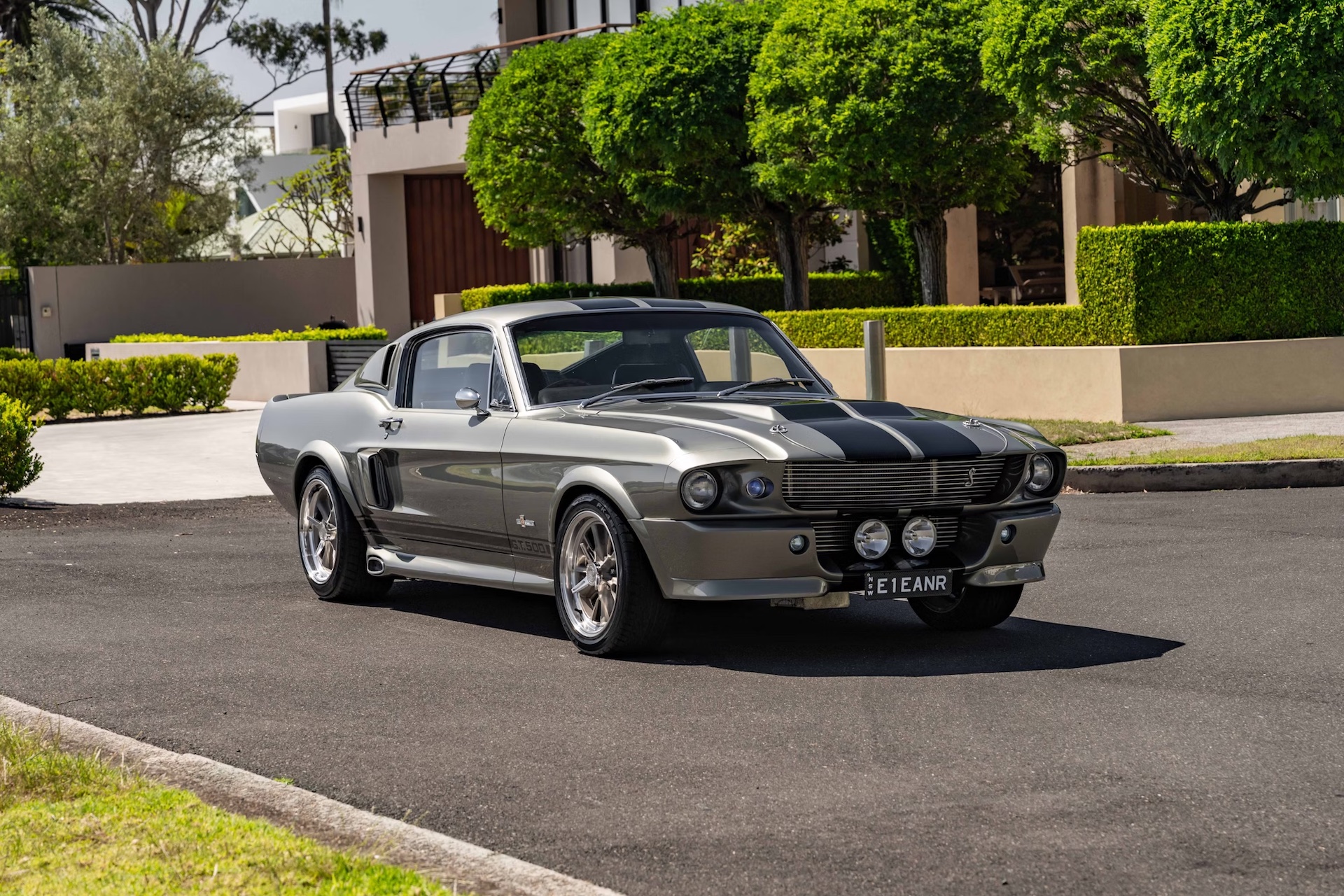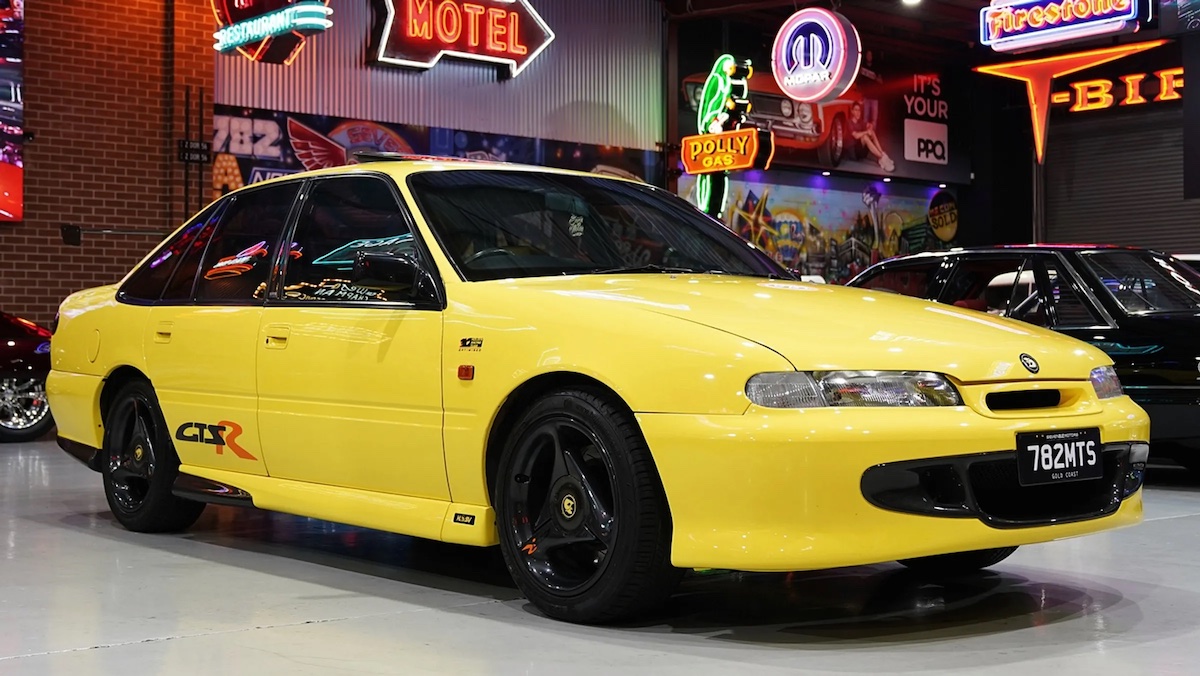The Iron Lion! How this mighty Australian-made V8 powered generations of high-performance Commodores and Statesmans.
HOLDEN’S MID-1999 introduction of the alloy LS1/Gen III 5.7-litre V8 into the Commodore meant bye-byes for the Australian-made Holden V8. Dating back to 1969, the Holden V8 was available as a 253ci (4.2-litre) and 308ci (5.0-litre) and used thin-wall casting tech for relatively light weight for its time. The intake manifold, timing case and water pump were alloy to reduce weight too.
Intended for right-hand drive cars, the Holden V8 had its oil pump above the sump, its starter motor on the passenger side and the driver-side cylinder bank staggered forward, all allowing easier fitment around the steering parts on Kingswoods, Toranas and Commodores. Some found a home in Holden-based, South African made Chevrolets, too.
“The refreshed Holden V8 was also the foundation for the new Holden Special Vehicles (HSV) that offered exclusive 180kW and 200kW versions.”
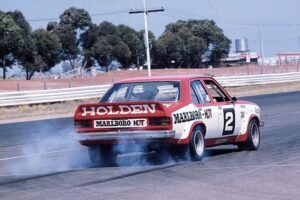
How Peter Brock’s legendary turn at the wheel of a V8-powered Holden Torana A9X was written into Bathurst folklore.
During the 1970s, the Holden V8 became synonymous with legendary race driver, the late Peter Brock. Magic happened at the Bathurst race in 1979; Brock’s 5.0-litre V8 powered Holden Dealer Team (HDT) Torana A9X was fastest in qualifying so started from position one on the grid, led every lap and set a new lap record on the last lap as it won by six laps.
In 1980 with Holden support, Brock established HDT Special Vehicles to develop road-going V8-powered high-performance Commodores and Statesman.
Famously, the Holden V8 cheated death in the mid-1980s. Holden planned to discontinue its V8 with the 1986 introduction of unleaded petrol, which the engine couldn’t tolerate. But once this news leaked out, a public outcry led to a ‘V8s ’til 98’ letter-writing campaign (no emails in those days!) forcing the company to change direction. The V8 was upgraded to cope with the ‘dreaded unleaded’ and lived on.
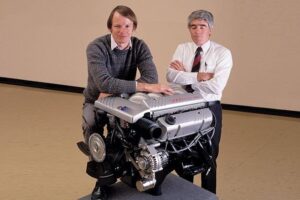
How EFI technology gave Holden’s V8 a new lease on life and helped create the VL Commodore SS Group A SV.
For the new, larger VN Commodore of 1988, the V8 was redesigned with new cylinder heads, intake system and electronic fuel injection. However, prior to the new V8’s introduction in mid-1989, the EFI tech was quickly adapted to a special-build V8 engine to create a ‘race special’ version of the VL Holden Commodore, the SS Group A SV.
The upgrades gave the VN-spec new life, lifting power from around 122kW/325Nm (in its 1986 unleaded trim) to 165kW/385Nm. But those numbers don’t tell the whole story of the new engine’s terrific shove-in-the back urge. Plus it used less fuel than most four- and six-cylinder cars of the 1980s.
This refreshed Holden V8 was also the foundation for the new Holden Special Vehicles (HSV) that offered exclusive 180kW and 200kW versions. For 1994, a 5.7-litre, 215kW version arrived for use in the sporty GTS, luxury Senator and longer-wheelbase luxury Grange.
Those keen ‘V8s ‘til 98’ letter-writers repaid Holden with strong sales of V8s during the 1990s. The Iron Lion’s last hurrah was for the VT Commodore of 1997. A roller camshaft, low-tension piston rings, smarter sequential fuel injection and electric, rather than mechanical, cooling fans all helped extract more power and lower fuel consumption.
In the end, this durable Australian-made V8 far exceeded the hopes of all those ‘V8s ’til 98’ letter writers, remaining in production until 1999, when the curtain was finally drawn on a remarkable three-decade production run.

